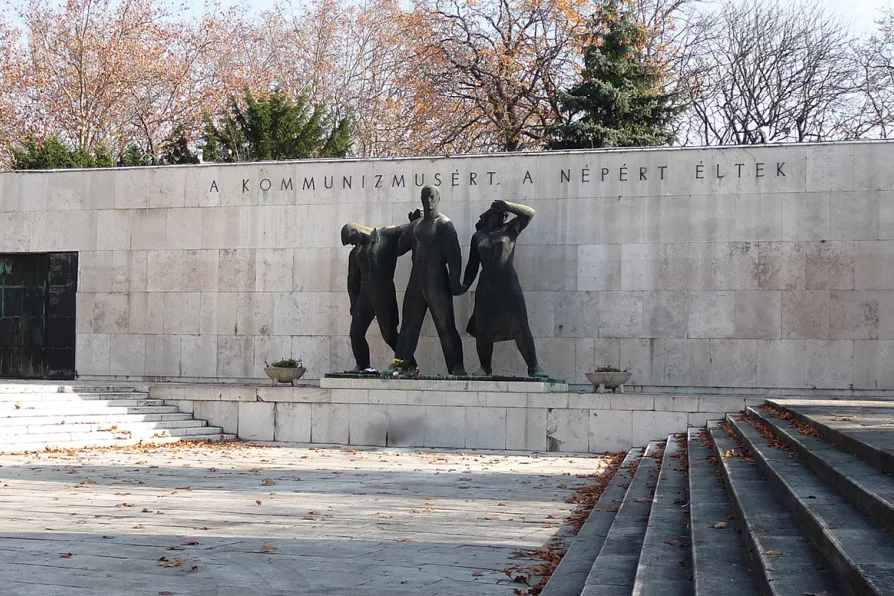HENRY FOWLER, co-founder of Strike Map, announces a new collaboration with UnionMaps, integrating two important sets of data that will facilitate the labour movement in its analysis, planning and action

 The Pantheon of the Workers Movement by Zoltan Olcsai-Kiss (1959), can still be found in situ today
The Pantheon of the Workers Movement by Zoltan Olcsai-Kiss (1959), can still be found in situ today
THE socialist period of development in Hungary lasted from April 1945, when the Red Army liberated the country from Nazi occupation, to October 1989 when the People’s Republic was renamed the Republic of Hungary.
Today there are few visible signs of this over 40 years in Hungarian history, which have been systematically rewritten or eliminated. The casual observer would not know that it ever existed. But there are still some remnants that are well worth seeing.
The most obvious place to start is war memorials as these are the least likely to be tampered with or removed. The Soviet Army Memorial at the top end of Szabadsag Place commemorates the liberation of Budapest from the Nazis, with bas reliefs of Red Army troops and tanks advancing on Ferenciek Square and parliament.



As Moscow celebrates the 80th anniversary of the Nazi defeat without Western allies in attendance, the EU even sanctions nations choosing to attend, revealing how completely the USSR's sacrifice of 27 million lives has been erased, argues KATE CLARK













